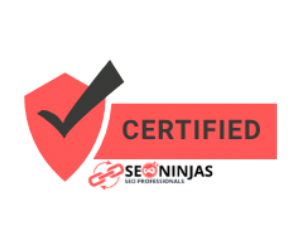For experienced users seeking to optimize their computing experience, mastering advanced tricks can unlock new capabilities and efficiencies.
Custom keyboard shortcuts are a powerful tool for power users. Customize shortcuts for specific applications or tasks using built-in features or third-party software. This can streamline complex workflows and reduce reliance on mouse-driven interactions.
Task automation is another advanced technique that can save time and effort. Scripting languages like PowerShell (Windows) or Automator (macOS) allow users to automate repetitive tasks such as file management, data processing, or system maintenance. With automation, you can schedule tasks to run at specific times or in response to triggers, enhancing productivity.
Experimenting with virtual machines is beneficial for testing software, running multiple operating systems, or isolating environments. Virtualization software like VirtualBox or VMware allows users to create and manage virtual machines easily. This is particularly useful for developers, testers, or IT professionals who need to simulate different computing environments without affecting their main system.
To optimize performance, manage startup programs, clear temporary files, and defragment drives regularly. These tasks help maintain system responsiveness and stability over time. Additionally, consider upgrading hardware components such as RAM or SSD for noticeable performance improvements in resource-intensive applications.
Enhancing security measures is crucial for power users handling sensitive data. Implement encryption for sensitive files, use strong passwords, and enable two-factor authentication where available. Regularly audit permissions and access controls to minimize security risks.
By incorporating these advanced tricks into your computing routine, power users can maximize efficiency, security, and functionality, making the most of their technology investments.



Comments are closed, but trackbacks and pingbacks are open.